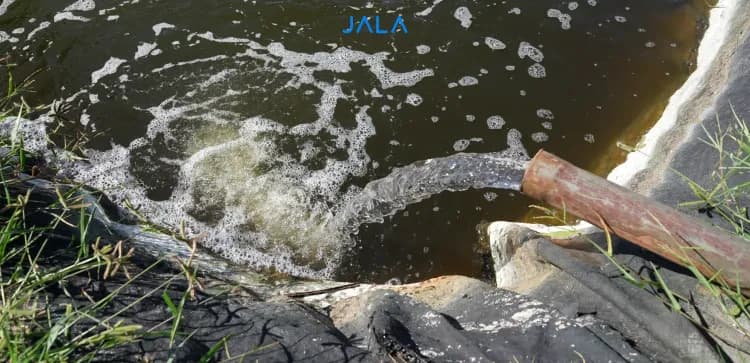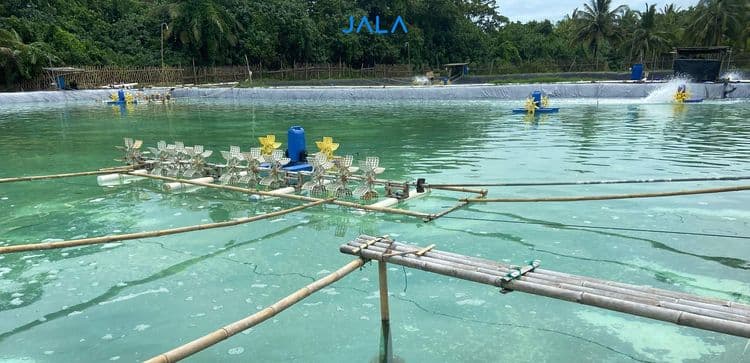
For shrimp farmers, biosecurity efforts often focus on water quality management, stocking density, and feed protocols. However, an often-overlooked factor that could be compromising shrimp health lies below the surface, namely the pond sediment.
Acting as a biological reservoir, sediment houses everything from essential microbes to dangerous pathogens. When left unmanaged, it can quietly trigger recurring disease outbreaks, slow growth rates, and poor survival, often before visible symptoms appear.
So, what’s lurking in your pond sediment? More importantly, how can you turn this hidden risk into an opportunity for disease prevention?
Contents
Related ArticlesLogin to Read the Full Article
Use your Jala account to read this article. If you don't have an account, please register on Jala App.





